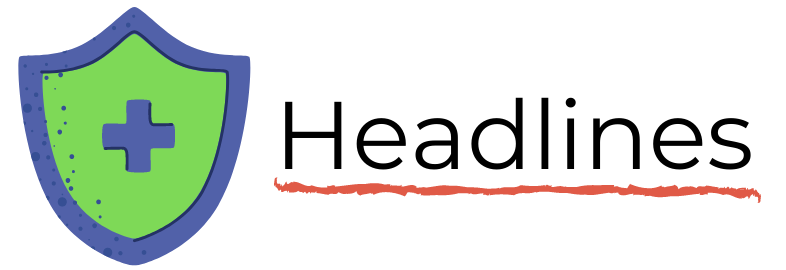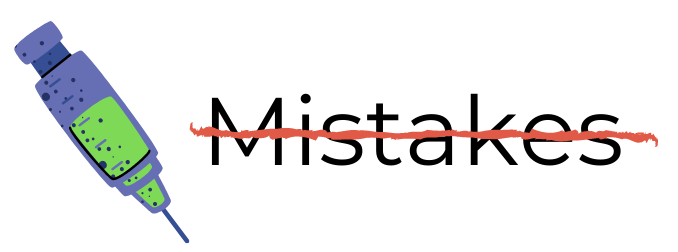COVID Transmissions for 2-9-2021
Good morning and welcome to COVID Transmissions.
It has been 449 days since the first documented human case of COVID-19. The Hubble Space Telescope, which will be mentioned again later on, has orbited the Earth about 4806 times since COVID-19 first emerged.
Headlines today include some early epidemiology on the spread of the B.1.1.7 variant in the US, and an explainer on the AstraZeneca-Oxford vaccine.
As usual, bolded terms are linked to the running newsletter glossary.
Keep COVID Transmissions growing by sharing it! Share the newsletter, not the virus. I love talking about science and explaining important concepts in human health, but I rely on all of you to grow the audience for this, which you can do by using this button here:
Now, let’s talk COVID.
Genomic epidemiology to estimate the dynamics of the B.1.1.7 variant in the US
The new variants have had me breaking all my taboos about sharing preprints, which I avoided for a long time since they aren’t peer-reviewed. However, the news is just moving too fast to not discuss it.
A preprint appeared yesterday from the Scripps Research Institute that used genomic epidemiology, the tracing of the spread of an infection by sequencing and comparison of recovered genomes, to make some estimations about the B.1.1.7 variant of SARS-CoV-2. You can find that here: https://www.medrxiv.org/content/10.1101/2021.02.06.21251159v1
We should put a caveat on everything here, though: the US doesn’t have a lot of sequence surveillance for COVID-19 yet, so we are probably not getting the most complete picture possible. Still, because evolutionary analysis can fill in the blanks to some degree, we can make some decent estimates of spread and other epidemic dynamics.
This preprint doesn’t change a lot, but it does establish a few important facts that I think will bear out over time:
This variant is 35%-45% more transmissible than ancestral lineages. We are starting to see estimates for this transmissibility gain really narrow, which is good. Originally, the UK government said it was 70% more transmissible, so I’m glad to see that number has come down
The variant is likely to become the dominant circulating lineage in the US sometime in the next several months, as it has done in other countries
It likely first entered the US in November, but has been reintroduced to the US several times since then; clearly restrictions on international travel are not adequately stopping SARS-CoV-2 from going on some exciting trips around the globe
The number of infections with this variant has a doubling time of a little over a week; the daily case growth rate in the US was 7%, which is actually lower than in some other countries, like Portugal, where 10% daily growth has been observed for this variant
Interestingly, there was some geographic variation in the transmission increase estimates. In California, which has a statewide “stay at home” order in place (note: this wasn’t actually as comprehensive or restrictive an order as it sounds like), the apparent boost in transmission was 29% to 37%. In Florida, where a lot of COVID-19 restrictions found in other states are not used, or are otherwise unenforced, the apparent transmission gain for this virus was 38% to 49%. This suggests to me that mitigation measures continue to make a difference against this variant, though of course it is troubling that the transmission benefit seen in California wasn’t zero.
Also, in terms of understanding how the virus spread around the US, while genomic analysis does not necessarily allow us to assess direction of travel, analysis of early outbreak clusters suggest that spread events occurred from travel between Florida and Georgia, Florida and Minnesota, Florida and Michigan, and travel involving the states Florida, Georgia, and North Carolina. Florida is appearing too many times on this list for me to be very happy. When one state decides to pee in the pool, it seems that many others can be affected. It is almost as though this virus has no respect for states’ rights.
Also, these findings underscore to me that the current vaccination program is not going to be enough. We are not going to get to a meaningful number of vaccinations for quite some time. While President Biden has been committed to—and in fact, ahead of pace for—administration of 100 million vaccine doses in his first 100 days, this amounts to vaccination of 1/6th to 1/3th of the US population by the spring. We need it to be at least 2/3rds, if not more.
We’re going to need to either get a lot more serious about non-medical interventions like masks, distancing, and gathering restrictions, or we are going to have to suddenly find 3 or 4 times as many vaccine doses somewhere. And soon.
New York Times description of the AstraZeneca-Oxford vaccine design
We’ve been talking about this vaccine a lot lately, so I thought it would be useful to share this article again that explains how it works: https://www.nytimes.com/interactive/2020/health/oxford-astrazeneca-covid-19-vaccine.html
The New York Times seems to be updating this regularly, so it’s a useful reference.
What am I doing to cope with the pandemic? This:
Receiving a letter from a new pen pal
A scientist—an astrophysicist in fact—who I met long ago, before either of us were formally scientists in any sense, put out a call for pen pals on Twitter the other day.
I decided to answer this call and am now the proud owner of a very pretty postcard showing a star-forming region in space. Apparently, my friend got this from the following collection of postcards:

These apparently come from the STARtorialist shop, which offers a number of awesome space-themed fashions, toys, stationery, and other items. I’ve loved STARtorialist for awhile. That shop lives here: https://shop.startorialist.com/
I have no financial ties to STARtorialist, by the way.
Now I have to figure out something equally cool to send back! This is a real challenge, which is nice stimulation to have in this pandemic world.
You might have some questions or comments! Send them in. As several folks have figured out, you can also email me if you have a comment that you don’t want to share with the whole group.
Join the conversation, and what you say will impact what I talk about in the next issue.
Also, let me know any other thoughts you might have about the newsletter. I’d like to make sure you’re getting what you want out of this.
Part of science is identifying and correcting errors. If you find a mistake, please tell me about it.
Though I can’t correct the emailed version after it has been sent, I do update the online post of the newsletter every time a mistake is brought to my attention.
No corrections since last issue.
See you all next time.
Always,
JS







